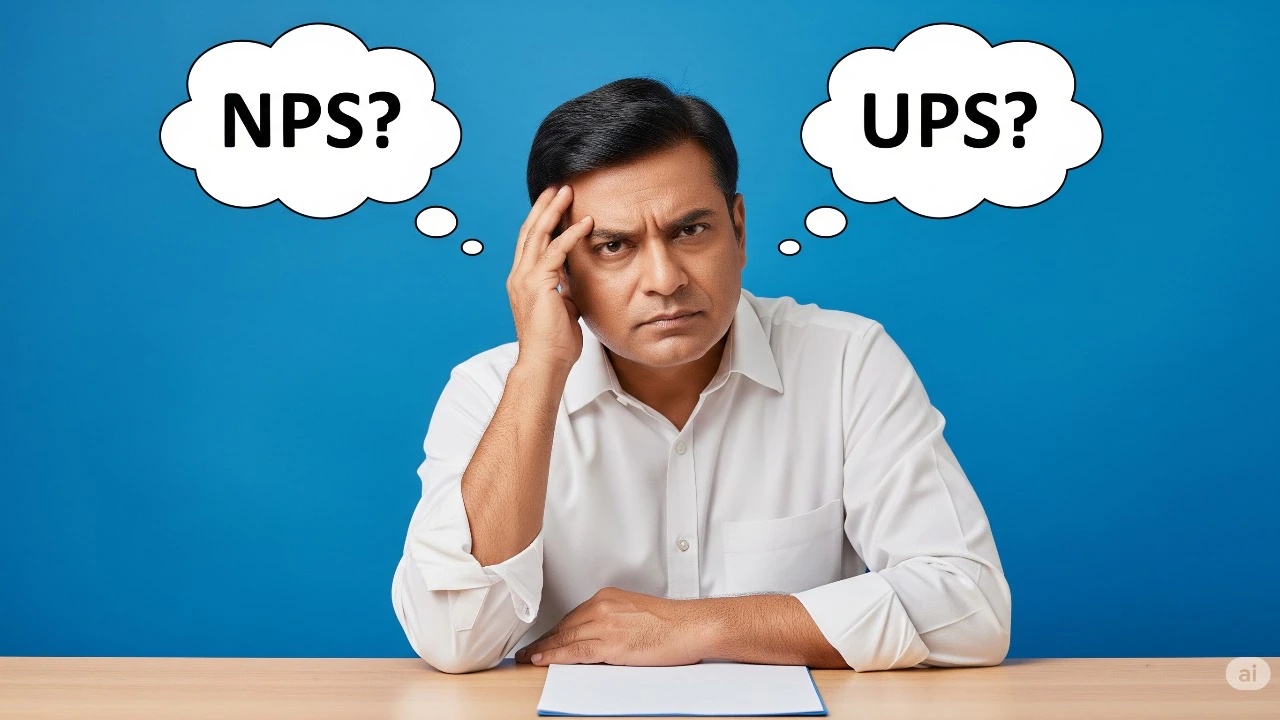
Introduction: A New Pension Model for Government Employees
The Central Government’s Unified Pension Scheme (UPS), launched in 2024, aims to revolutionize retirement security for public sector workers by offering guaranteed lifetime pensions. Designed as an alternative to the National Pension Scheme (NPS), UPS promises assured monthly payouts tied to inflation adjustments, yet its uptake remains dismally low. Despite its potential to provide financial stability, only 1.35% of NPS members have opted for UPS, raising questions about its appeal. This article explores the features of UPS, its intended benefits, and the reasons behind the lukewarm response from employees. Understanding these factors is crucial for assessing whether the scheme will achieve its goal of enhancing retirement security for government workers.
UPS Features: Guaranteed Pensions and Inflation Protection
The UPS model combines elements of the existing NPS with traditional defined-benefit pension structures. Employees with at least 25 years of service receive 50% of their final basic salary as a guaranteed monthly pension, while those with 10 years of service get a minimum of Rs 10,000. Pensions are indexed for inflation, ensuring purchasing power remains stable over time. In the event of a pensioner’s death, beneficiaries receive 60% of the last drawn pension, providing a safety net for dependents. Additionally, the government contributes 8.5% to a common pool, surpassing its 14% NPS contribution, to fund these assured payouts. These features position UPS as a potentially more secure retirement option compared to the market-linked returns of NPS.
Why Employees Are Hesitant: Tax, Flexibility, and Lump Sum Concerns
Despite its advantages, UPS faces significant barriers to adoption. Taxation uncertainty is a primary concern, with employees unsure how their pensions or lump-sum withdrawals will be taxed post-retirement. Flexibility also plays a role, as NPS allows investment choices that could yield higher returns, while UPS offers limited control over asset allocation. Younger employees, in particular, may prefer the growth potential of NPS over the guaranteed but lower returns of UPS. Additionally, the smaller lump-sum payout under UPS compared to NPS could deter some workers. Employees leaving government service before 10 years of tenure risk losing all benefits, further complicating their decision-making.
The Trade-Off: Security vs. Growth Potential
UPS eliminates market risks by guaranteeing pensions, but this comes at the cost of reduced investment flexibility and growth opportunities. For employees prioritizing stability, the trade-off may be worth it, but those seeking long-term returns may prefer NPS. Experts suggest that until the government clarifies tax rules and addresses flexibility concerns, migration to UPS is unlikely to accelerate. The scheme’s success hinges on resolving these issues, as the current low uptake indicates that its benefits are not yet compelling enough for a significant portion of government employees.
Conclusion: A Path to Retirement Security or a Missed Opportunity?
The Unified Pension Scheme represents a bold attempt to provide financial certainty for government workers, but its adoption rates suggest challenges remain. While the guaranteed pension and inflation adjustments are attractive, concerns over taxation, flexibility, and lump-sum payouts have kept employees cautious. As the government continues to refine the scheme, the balance between security and growth will determine its long-term viability. Until these hurdles are addressed, UPS may struggle to gain traction, leaving many employees to rely on the existing NPS for their retirement planning.



